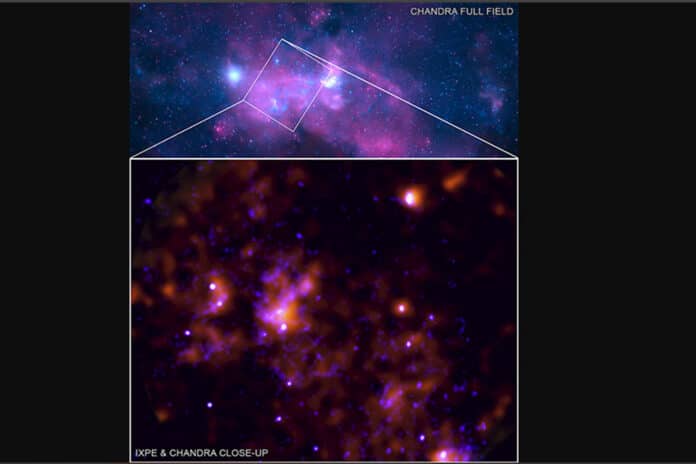Approximately 200 years ago, according to an international team of researchers, Sagittarius A* (Sgr A*)1, the supermassive black hole at the center of the Milky Way, emerged out of a protracted period of dormancy.
The team, led by CNRS researcher Frédéric Marin at the Astronomical Strasbourg Observatory (CNRS/University of Strasbourg), has discovered the past awakening of this enormous object, which is four million times more massive than the Sun.
Since the beginning of the 19th century, black hole was found to be sucking cosmic objects that got a little too close to them before once more entering a state of quiescence. However, no effect was felt on Earth due to the large distance.
However, the X-ray echo detected, which was emitted about 200 years ago, reveals that the original intensity was at least a million times greater than that currently emitted by Sgr A*.
To put the rise in X-ray emission intensity when the black hole awoke from its dormant condition in perspective, imagine a single glow-worm hidden in a forest suddenly becoming as luminous as the Sun. These discoveries explain why galactic molecular clouds close to Sgr A* shine brighter than usual: they reflect the X-rays that Sgr A* released 200 years ago.
To carry out their research, the scientists used NASA’s IXPE (Imaging X-ray Polarimetry Explorer) satellite, which was for the very first time able to detect the polarization of this X-ray light with great precision and also determine its source, something that had previously proved impossible.
Even though Sgr A* is now extinct, the polarised X-ray light still points straight toward its origin. To ascertain the physical mechanics necessary for a black hole to transform from a quiescent state to an active one, researchers are continuing their work on Sgr A*.
Listen to the sonification of the detection of an echo emitted by Sgr A* 200 years ago.
Journal Reference:
- Marin, F., Churazov, E., Khabibullin, I., et al. X-ray polarization evidence for a 200-year-old flare of Sgr A*. Nature (2023). DOI: 10.1038/s41586-023-06064-x
